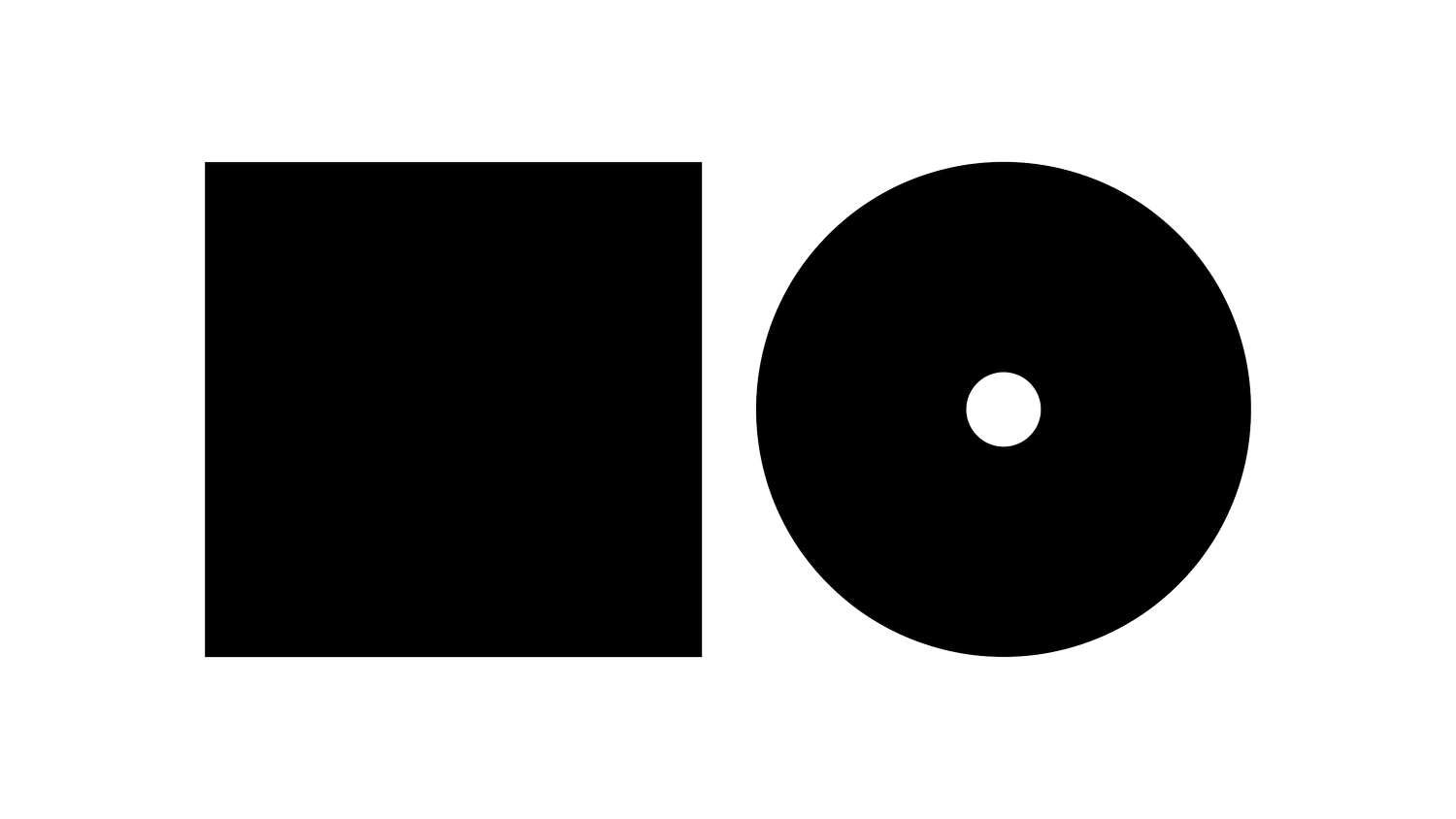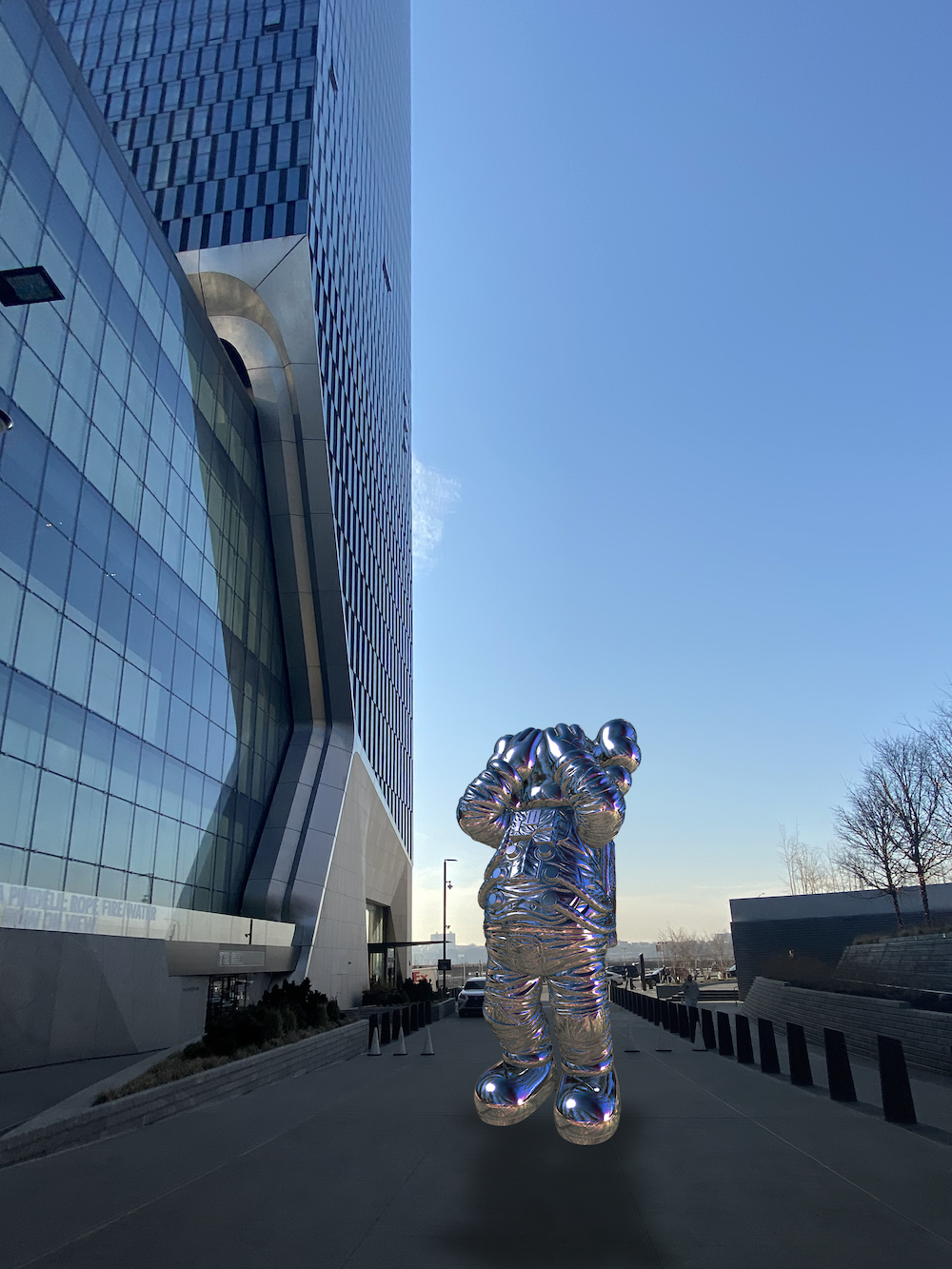P R O L E A R N
Virtual Reality (VR) is a technology that creates a simulated, immersive experience that can be similar to or completely different from the real world. It typically involves wearing a headset that replaces the user's visual and auditory perception of their surroundings with computer-generated content.
Key Characteristics
Immersion: Creates a sense of presence in a virtual environment.
Interactivity: Allows users to interact with and manipulate virtual objects.
Computer-generated: Environments and experiences are digitally created.
Benefits
Enhanced Learning: VR can improve knowledge retention by up to 75% compared to traditional methods.
Cost-Effective Training: Reduces the need for physical resources in training scenarios.
Improved Design Processes: Allows for virtual prototyping, potentially reducing design costs by 30-40%.
Challenges and Considerations
Hardware Requirements: High-quality VR experiences often require expensive equipment.
Motion Sickness: Some users experience discomfort or nausea in VR environments.
Content Creation: Developing high-quality VR content can be time-consuming and costly.
Innovative Applications
Healthcare: Surgical training and patient rehabilitation.
Education: Virtual field trips and interactive learning experiences.
Architecture and Design: Virtual walkthroughs of buildings before construction.
Future Outlook
As technology advances, we can expect more sophisticated and accessible VR experiences. The integration of haptic feedback and improved resolution will likely enhance the sense of immersion. There's also potential for increased use of VR in remote collaboration and social interactions.
Call to Action:
Consider how VR could enhance your industry or personal projects. Explore VR development tools or consult with VR specialists to understand how this technology could benefit your specific needs.



